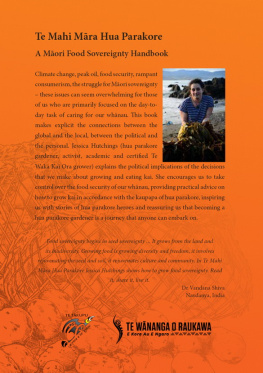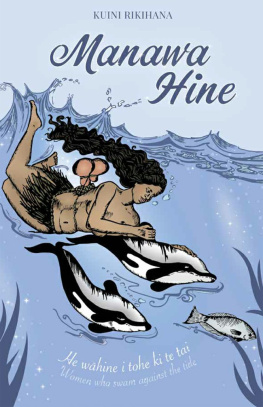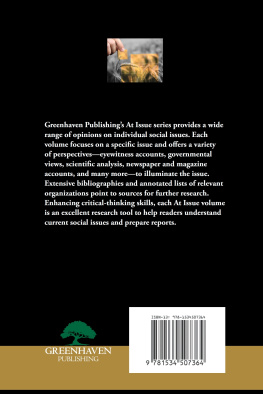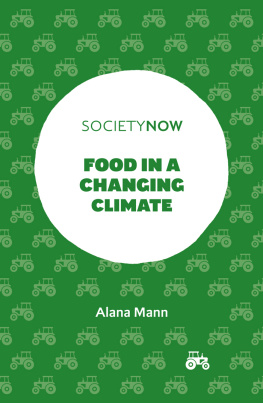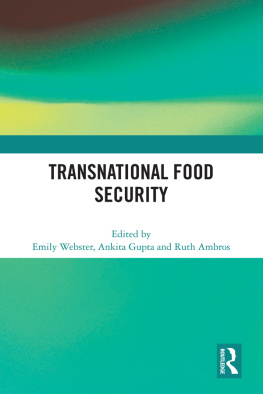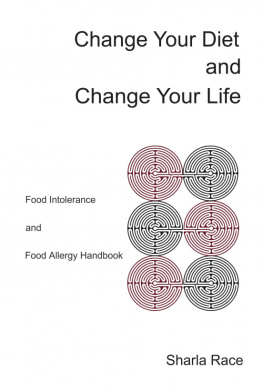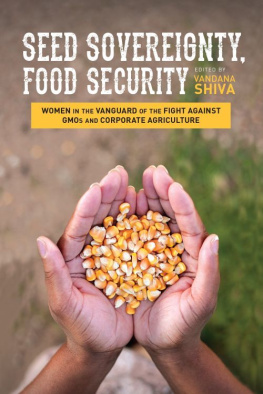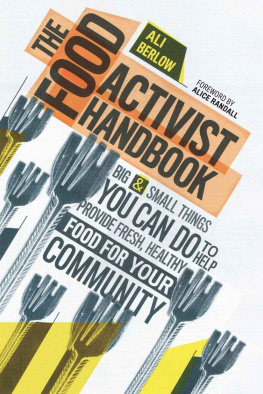While every precaution has been taken in the preparation of this book, the publisher assumes no responsibility for errors or omissions, or for damages resulting from the use of the information contained herein.
TE MAHI MRA HUA PARAKORE: A MORI FOOD SOVEREIGNTY HANDBOOK
First edition. November 8, 2020.
Copyright 2020 Te Tkupu and Jessica Hutchings.
ISBN: 978-0995125636
Written by Te Tkupu and Jessica Hutchings.
10 9 8 7 6 5 4 3 2 1
Te Mahi Mra Hua Parakore
A MORI FOOD SOVEREIGNTY HANDBOOK
N JESSICA HUTCHINGS
With support from:

He Karakia Tmatanga
Ko Rangi, ko Papa
Ka puta ko Rongo
Ko Tnemahuta
Ko Tangaroa
Ko Tmatauenga
Ko Haumietiketike
Ko Twhirimtea
Tokona ko Rangi ki runga
Ko Papa ki raro
Ka puta ki te whai ao ki te ao mrama
Tihei mauriora!
He Mihi
I am grateful to many people who have contributed to making this book a reality, in particular, the whnau of Te Waka Kai Ora and their chairperson, Percy Tipene. My partner Jo and son Uenuku also deserve special thanks.
I acknowledge the stunning artwork of Theresa Reihana, whose images carry the essence of te mahi mra hua parakore. Thank you also to Willie Devine for the pencil sketches and hua parakore design work. The beautiful photos in this book were taken by my brother Jacob Hutchings and friend Chris Bramwell. Acknowledgements are also paid to Gretta Carney for contributing recipes and cooking notes, to Mhina-a-rangi Baker who undertook the interviews with hua parakore growers and to Phillippa Jamieson from Organic NZ and Alex Hotere-Barnes for assisting with editing and review work. We gratefully acknowledge and thank Ng Pae o te Mramatanga for its provision of a Publications Support Grant which supported the publication of this work. Many thanks to Huia Publishers for your support in the early stages of the book. My heartfelt thanks and gratitude to Ani Mikaere and Emma Whiterod at Te Tkupu, Te Wnanga o Raukawa, for being so enthusiastic about seeing this project come to the page. Ehara te toa o te takitahi te toa o te takitini.
E te iwi, tn koutou katoa. He rau ng ringa nna i whina te tuhinga i tnei pukapuka. Koia ka mihi atu nei ki a koutou katoa. Kei te mihi ki te whnau o Te Waka Kai Ora, ki te heamana hoki, ki a Percy Tipene. Kei te mihi hoki ki taku hoa, ki a Jo, me taku tama, a Uenuku.
Ka nui r te aumihi ki ng whakaahua huatau a Theresa Reihana, e kitea ai, e rangona ai te wairua o ng mahi mra hua parakore. Kei te hiahia hoki au ki te whakamoemiti ki a Willie Devine m ana tuhinga pene rkau, me ana hoahoa hua parakore. N taku tungne n Jacob Hutchings rua ko tana hoa a Chris Bramwell i tango ng whakaahua pwari i tnei pukapuka. E kore hoki e mutu ng mihi ki a Gretta Carney mna i takoha mai i ana tohutao me ana tuhinga tunutunu, ki a Mhina-a-rangi Baker nna ng uiui ki ng kaiwhakatupu hua parakore, ki a Phillippa Jamieson o Organic NZ me Alex Hotere-Barnes, n rua i whina ng mahi etita me ng mahi arotake. Me whakamihi hoki Ng Pae o te Mramatanga me tna Tahua Tautoko Tnga, i mm ake ai te whakaputa i te pukapuka nei. Tae atu an ki te Wharet o Huia, nna tahi whina i te tmatanga o te kaupapa nei. Ka nui hoki te mihi ki a Ani Mikaere rua ko Emma Whiterod o Te Tkupu, Te Wnanga o Raukawa, m rua i kai-ngkau mai ki te whakatinanatanga o tnei kaupapa. Ehara te toa o te takitahi te toa o te takitini.
Contents

CHAPTER ONE
Introduction
Ahakoa he iti, he pounamu
Although it is small, it is of greenstone
I grew up watching my mother and grandmother create beauty in the mra (garden). I have been growing kai for the last 20 years and I am continually inspired by and in love with the natural world of growing and eating from my own plot. Kia ora I am Jessica of Ngi Tahu and Indian descent. I am passionate about growing kai to feed whnau and friends and about reinvigorating the connection between the ptaka, the plate and the whenua.
Growing and eating kai from my mra is also a deliberate political act of resistance to conventional capitalist food economies that line the supermarket shelves in Aotearoa. I have always had something to harvest for a meal; whether it be an abundant yield, or just a few leafy greens. Having kai on my plate that comes from the mra connects me to nature and is a sign of whnau wellbeing. Te mahi mra hua parakore (Mori organic gardening practice) is a form of Indigenous food sovereignty that promotes growing kai for self-sufficiency and whnau resiliency. This is particularly important at a time of rising food costs; the global corporatisation of our diets; climate change; as well as the rapid approach of a post-peak-oil era.
In the mra I work with hua parakore and biodynamic values and methods. I am able to produce a wide variety of kai throughout the seasons, including: tomatoes, cucumbers, kamokamo, pumpkins, beans, various peruperu, parsnips, mizuna, burdock root, peppers, corn, courgettes, spring onions, red onions, brown onions, garlic, asparagus, thyme, marjoram, sage and kkihi.
Papawhakaritorito is the name of our whnau farm. It is a hua parakore farm, situated on a 5.63 hectare (13 acre) block of land and sitting within the rohe of Te ti Awa. The farm is located at Pkuratahi in the Kaitoke region, at the southern foothills of the Tararua Ranges. It is steep, forested hill country, leading down to river terraces and gentle hill areas that are farmed and used for recreational purposes. Unfortunately, the foothills of the Rimutaka do not have the best growing conditions. The season is short, with frosts coming as late as early November and then beginning again in April. This leaves only a brief time for fruit to ripen on trees and for seedlings to reach maturity. When it is the growing season it is all go, especially when the garden work is combined with having to ward off pkeko, rabbits, feral cats and birds, who think the produce is being grown for them!
For the past decade, I have been fortunate to be involved with Te Waka Kai Ora (The National Mori Organics Authority). It is through my connection with Mori growers from across Te Waka Kai Ora (TWKO) regions, and my trial-and-error approach to growing kai at Papawhakaritorito, that I have developed my mra practices. My growing approach could be described as a blend of hua parakore, biodynamics (based on the teachings of Rudolph Steiner) and natural gardening methods. I love working in the mra; it brings a healing balance and gives me the opportunity to grow kai that also heals and nourishes. My hope is that this book provides a window into the world of te mahi mra hua parakore, allowing you to connect with the ancient vibrations of this land and with the food-growing and earth-caring practices of our tpuna. The whakatauk (proverb) at the beginning of this book, ahakoa he iti he pounamu, speaks to the many kaupapa (principles), ideas and concepts of hua parakore and food growing. Hua parakore gardening methods are commonsense and simple. They connect us, as food growers, with the cosmos, the land, whnau and communities. They are precious and should be treasured.
MY JOURNEY ON THE FAMILY FARM PAPAWHAKARITORITO
Over the years, friends and whnau have taken an interest in what is happening at Papawhakaritorito. It has been a space where wnanga (learning sessions) have been held on growing kai, compost making, soil health, worm farming and building mra. Some of the photos in the book are from these wnanga and the mra at Papawhakaritorito.

